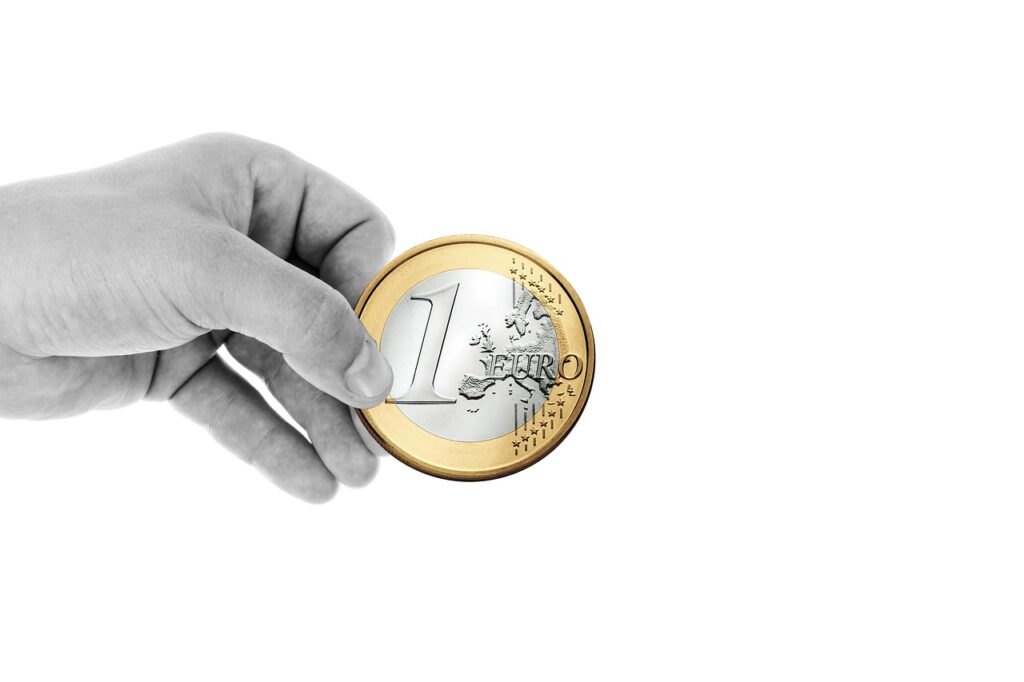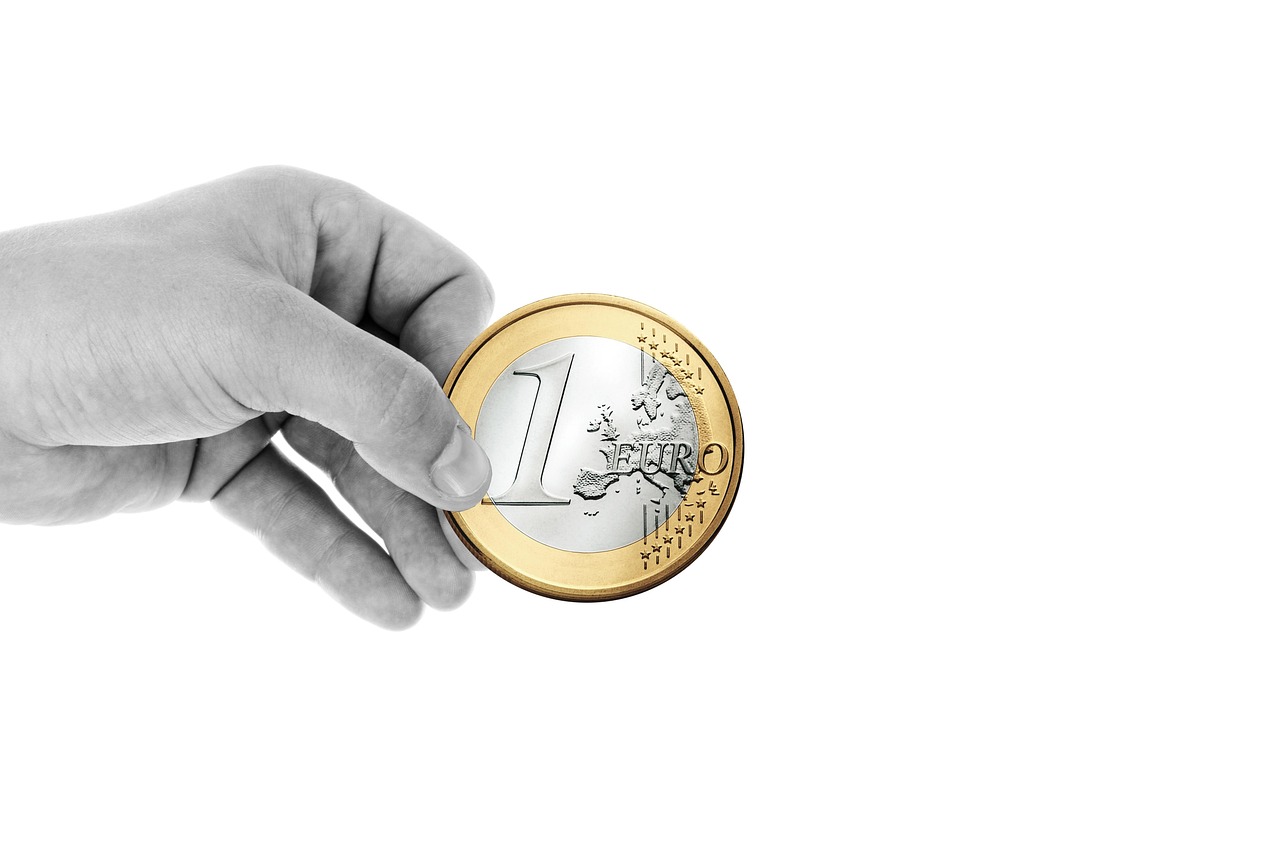Introduction
Life is full of surprises — some good, some expensive. Whether it’s a medical bill, car repair, or job loss, an emergency fund can save you from stress and debt. Building one isn’t as hard as it seems; it just takes small, consistent steps.
1. What Is an Emergency Fund?
An emergency fund is money set aside for unexpected expenses.
It acts as your financial safety net — helping you cover emergencies without using credit cards or loans.
Ideally, it should cover 3 to 6 months’ worth of living expenses like rent, food, and utilities.
2. Start Small, but Start Now
You don’t need a large amount right away.
Begin with a small goal, like $100 or $200, and build from there.
Even saving a few dollars each week is better than nothing. The key is consistency, not perfection.
3. Calculate Your Target Amount
Figure out how much money you truly need for emergencies.
Add up your monthly essentials — housing, groceries, bills, and transportation — then multiply that by 3 or 6.
That total becomes your emergency fund goal.
4. Create a Separate Savings Account
Keep your emergency money separate from your regular checking account.
This prevents you from accidentally spending it.
Look for a high-yield savings account — it earns interest and keeps your money accessible in emergencies.
5. Automate Your Savings
Set up an automatic transfer from your main account to your emergency fund every payday.
Automation helps you save without thinking and keeps your financial goals on track.
6. Cut Small Expenses to Boost Savings
Small lifestyle changes can make a big difference.
Try:
- Making coffee at home instead of buying it
- Canceling unused subscriptions
- Packing lunch instead of eating out
Each dollar saved brings you closer to your emergency fund target.

7. Use It Only for Real Emergencies
Your emergency fund should be used for genuine emergencies only — like job loss, medical costs, or urgent home repairs.
Avoid using it for vacations, gifts, or new gadgets.
Treat it as a shield, not a wallet.
8. Refill After Every Use
If you ever need to dip into your emergency fund, make it a priority to refill it.
The goal is to keep your safety net strong at all times.
Conclusion
An emergency fund gives you peace of mind and financial stability.
By starting small, saving regularly, and staying disciplined, you can build a fund that protects you from life’s unexpected challenges.
Remember — it’s not about how much you save at once, but how consistently you do it.
